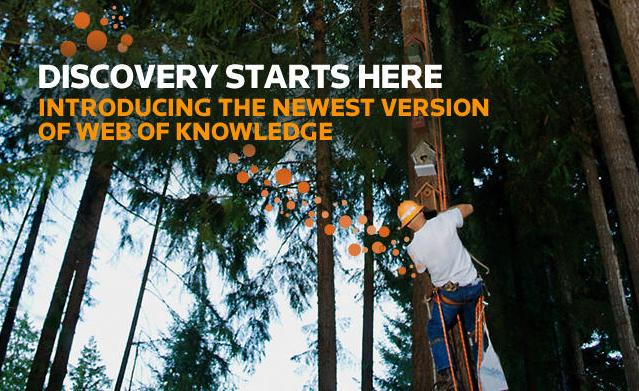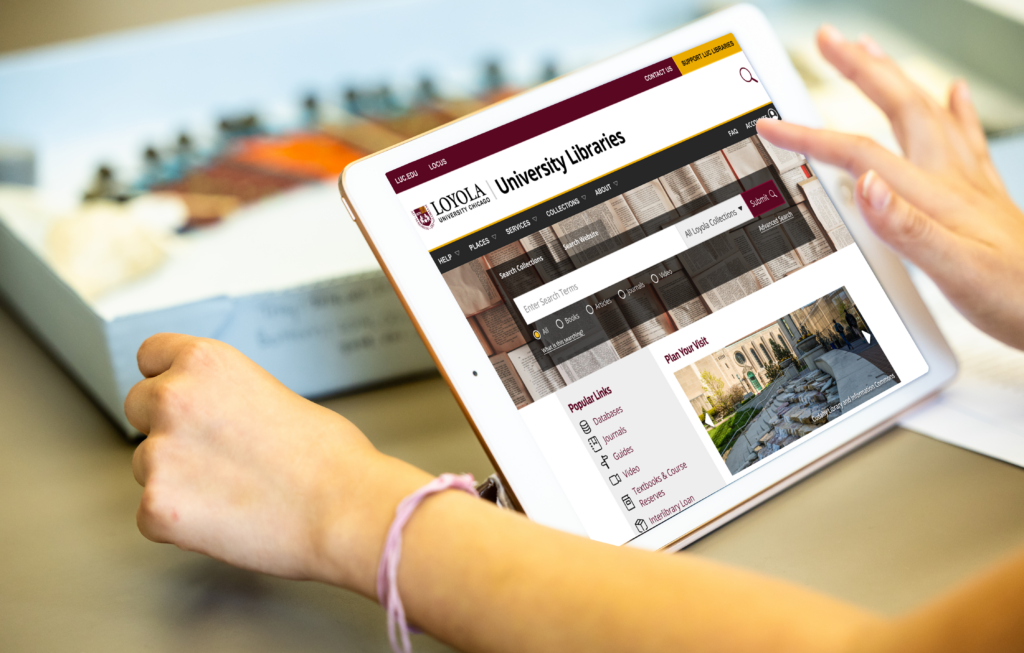Thomson Reuters’ Web of Science platform received some very helpful upgrades over the summer making searching, discovering, managing and analyzing easier than ever. See below for more information on the new features and click on the image to see online tutorials and demos!
While new and updated platforms can provide a plethora of exciting and helpful features, Loyola Libraries know they can also be tricky to relearn. If you would like to know more about using the new Web of Science platform or need assistance with any of your research needs, please click here to schedule a demo or research consultation.
MAKING THE MOST OF YOUR NEW PLATFORM
Searching:
No more stopwords on phrases such as “Vitamin A”
- Support for proximity operator NEAR/x
- Left Hand Truncation “*phosphate” = monophosphate, triphosphate, etc.
- Full author name searching
- Automatic searches for over 7,000 spelling variations such as British/US English (colour / color) as well as name variants (mice / mouse)
- Institutional name variants automatically searched
Discovering
- NEW Author Finder incorporates DAIS and Refine options
- ResearcherID Integration enables searching by ID number with links appearing on the Web of Science full record to the full author profile on researcherID.com
- Complete search results returned allowing all records to be viewed or analyzed (no more 100,0000 limit)
- View abstracts on the summary list, without having to go to the full record.
- Cited references display enhancements including an improved layout, full text and open URL links, and sorting options
- Related Records™ feature viewable in All Databases search results
Managing
- Marking Records: Now easier to add records to the marked list, and store significantly more records.
- More options to manage and output selected records
- Create Citation Reports and Analyze records right from your Marked List.
- Export all data from Analyze Results
- Link to a previously saved EndNote record
Analyzing
- “Citation Summary Breakdown” on any citing articles page across all databases. This table provides an overview of Web of Knowledge times cited counts by product and edition.
- Refine and Analyze by funding agency
- Citation maps and citation reports available across All Databases



